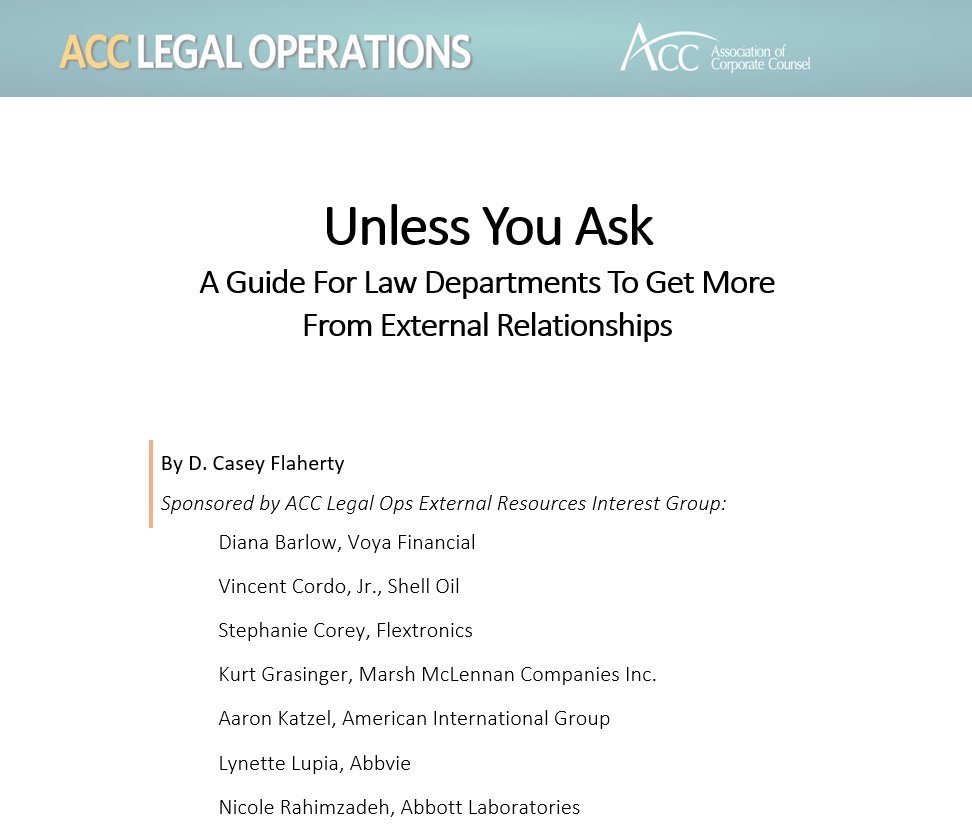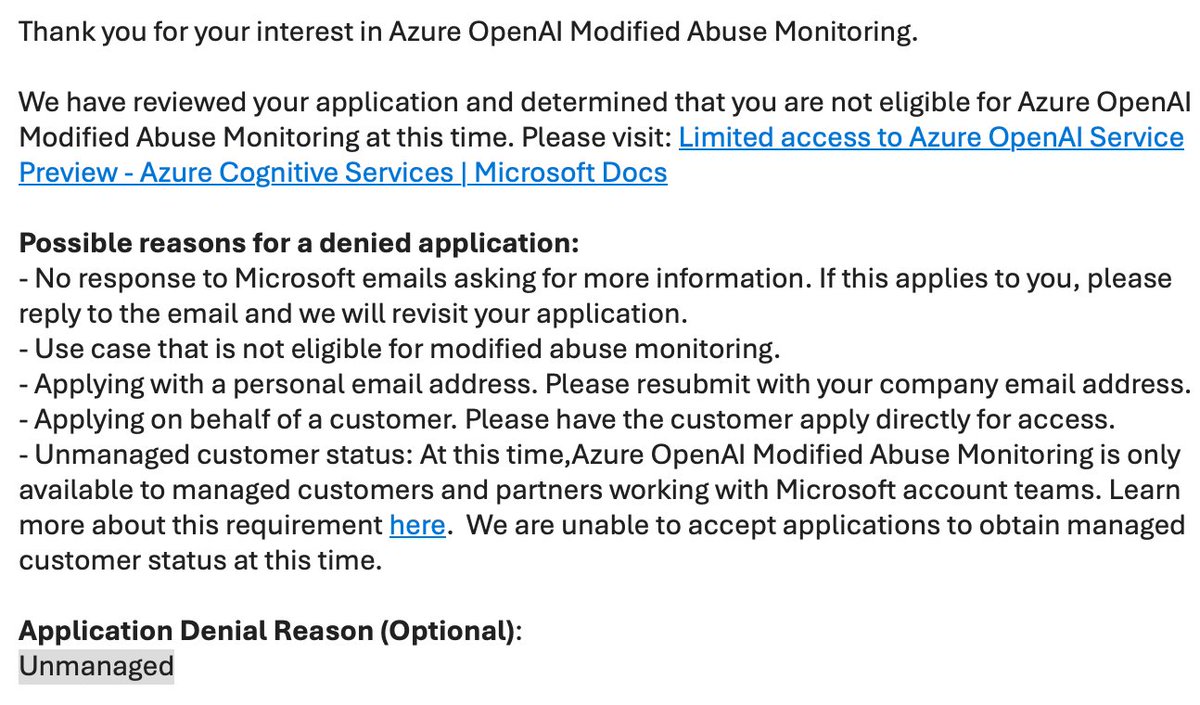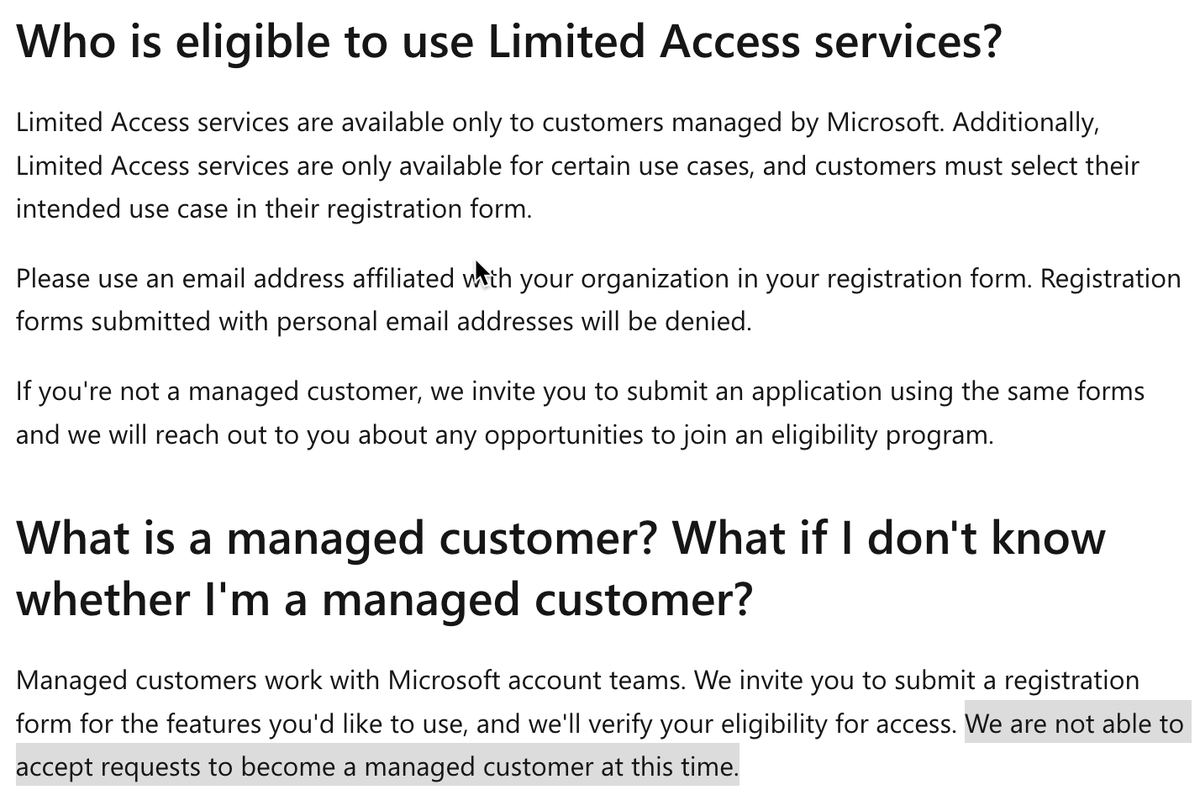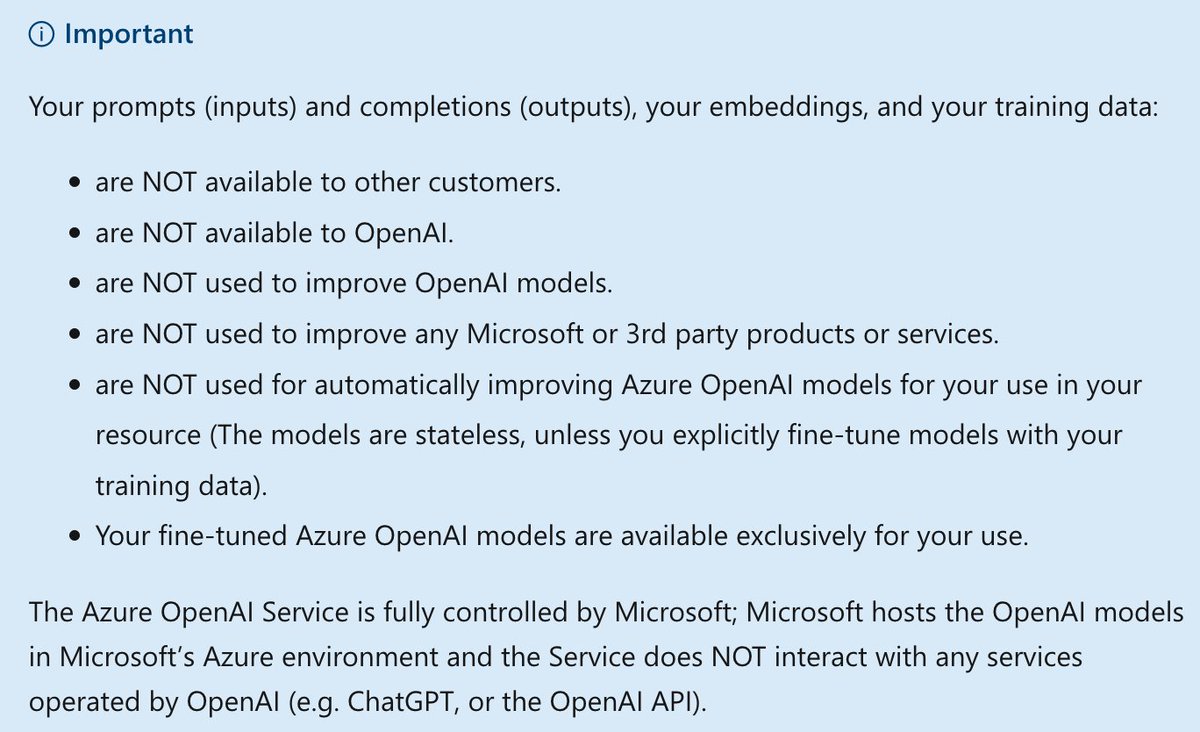
D. Casey Flaherty
@DCaseyF
Followers
4K
Following
6K
Media
421
Statuses
7K
Co-Founder and Chief Strategy Officer at LexFusion. Co-Founder of Procertas. People + Process + Tech Evangelist.
Austin, TX
Joined March 2013















